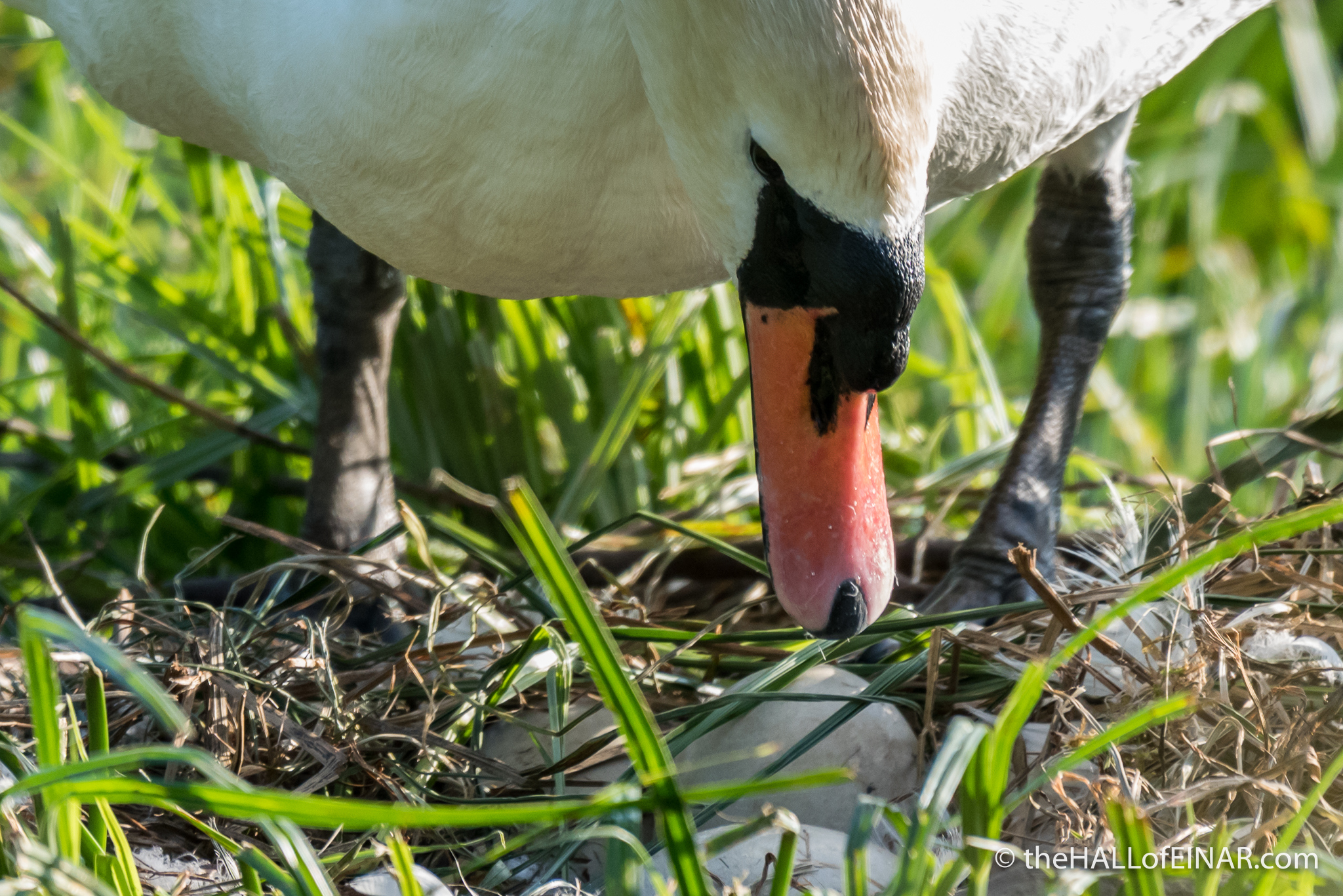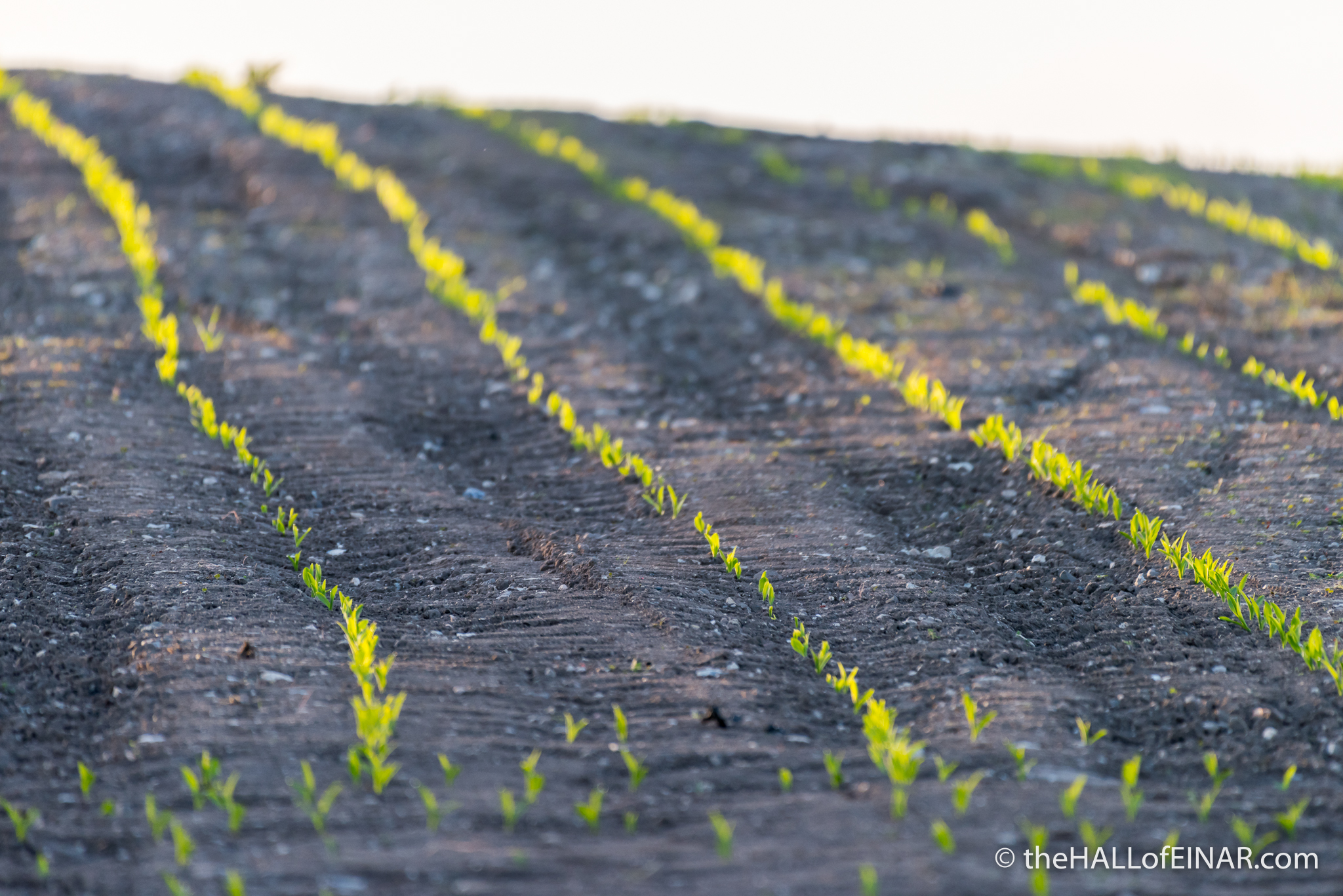An evening in the fields
As part of the Wildlife Trusts’ #30DaysWild I’m heading out to have some nature experiences every day this month. Today I’m heading back to see the Mute Swans in my local park. There’s just one pair there, which seems sensible given how territorial they are.
Yesterday I saw the female on a nest, which was strange because the pair already have three healthy growing cygnets. Is she on eggs which haven’t hatched still, or is she having a second brood? I’m going to have to keep checking on them.
As I move around her to photograph her she decides to move and I can see massive eggs underneath her. Are there two? Or maybe three? I wonder when they might hatch. I’m going to have to keep checking on her.
There’s just time for a quick walk and I can see straight away that there’s very little wildlife here. It’s difficult to do an act of random wildness when there’s a bare field of red soil or a monoculture crop. At least there’s still a hedgerow.
The first shoots are appearing in one field.
The cereal is well underway in another.
And then, in the hedgerow I see a bird singing at the top of a bush. It’s an incredibly rare Cirl Bunting. The RSPB say there are only 860 Cirl Bunting territories and it only lives in South Devon in the UK. Hedgerows are almost all we have left of the original vast natural resources for our wildlife and this Cirl Bunting is making the most of it.
What a thrill to see and hear it. It’s truly a rare wild experience.





